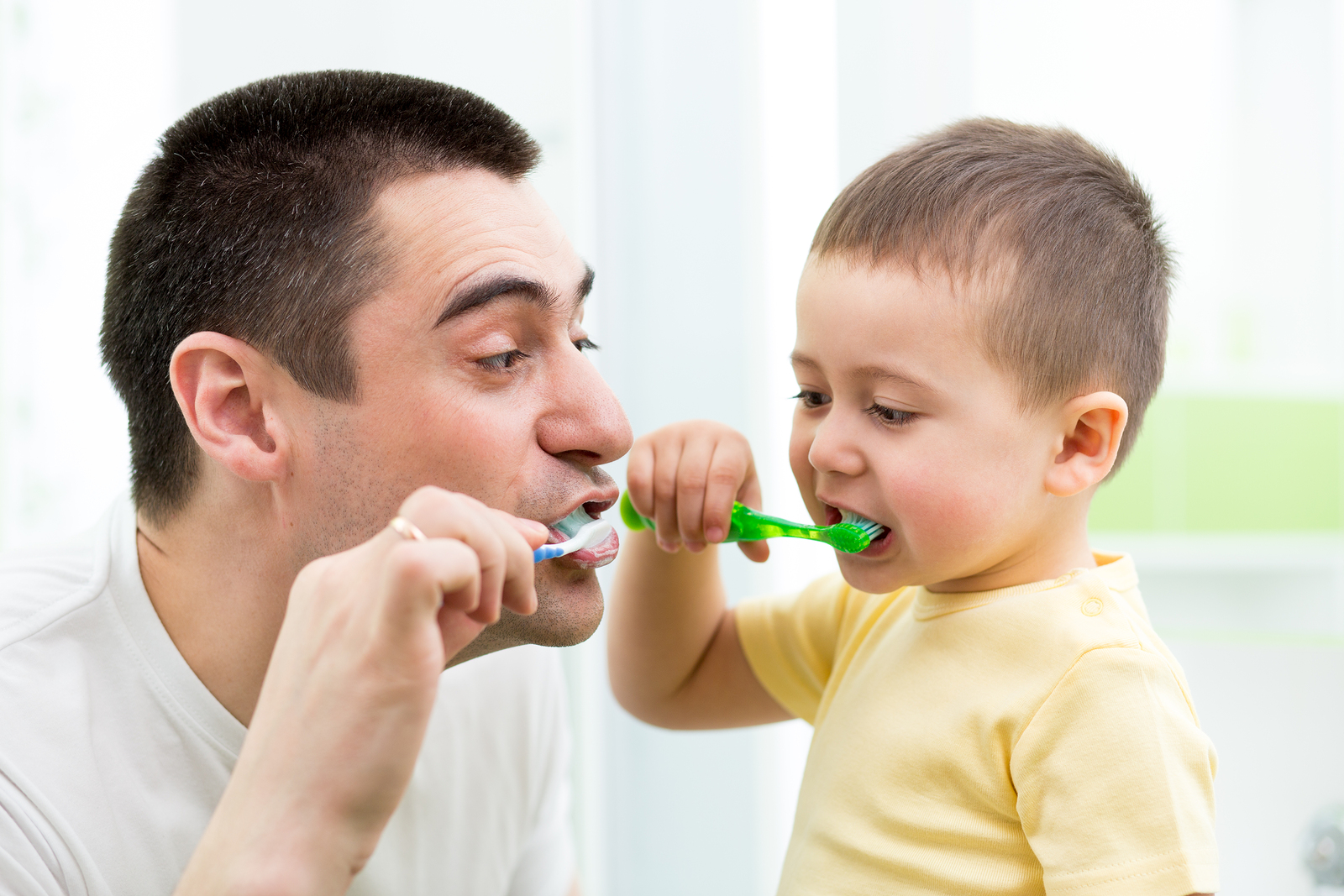By Dr. Elizabeth Eggert
 Gingivitis – inflammation of the gums – is no laughing matter. Typically caused by a bacterial infection, gingivitis is all-too-common and if left untreated can result in periodontitis and tooth loss and increase the risk of diabetes, heart disease, stroke and lung disease. Fortunately, proper care goes a long way in keeping away this unwanted guest. Here’s everything you need to know to identify, treat and ultimately prevent gingivitis.
Gingivitis – inflammation of the gums – is no laughing matter. Typically caused by a bacterial infection, gingivitis is all-too-common and if left untreated can result in periodontitis and tooth loss and increase the risk of diabetes, heart disease, stroke and lung disease. Fortunately, proper care goes a long way in keeping away this unwanted guest. Here’s everything you need to know to identify, treat and ultimately prevent gingivitis.
HOW DOES IT ALL BEGIN?
Plaque, a thin layer of bacteria, forms on and between your teeth every day. This is why daily brushing and flossing is absolutely imperative. If plaque is allowed to sit on or between the teeth it will harden into tartar, or calculus, which forms a layer of protection for bacteria. With tartar as its accomplice, these bacteria can make their way below the gum line, setting up camp and infecting the gums, causing the condition we know as gingivitis.
SYMPTOMS OF GINGIVITIS
So what kind of havoc exactly does gingivitis wreak? Unfortunately the list is long, some symptoms of which include:
• swollen, tender, discolored or bleeding gums
• bad breath
• sensitive teeth
• pain when chewing
• pus within the gums
• gums that pull away from teeth
• loose teeth
HOW IS GINGIVITIS DIAGNOSED?
 Dr. Jeff and Dr. Elizabeth Eggert or one of our wonderful hygienists will measure the depth of any pockets around your teeth with a small ruler. This is a good way to check for inflammation of the gums. A healthy depth is 1-3mm. We will also examine your dental x-rays to look for evidence of bone loss.
Dr. Jeff and Dr. Elizabeth Eggert or one of our wonderful hygienists will measure the depth of any pockets around your teeth with a small ruler. This is a good way to check for inflammation of the gums. A healthy depth is 1-3mm. We will also examine your dental x-rays to look for evidence of bone loss.
TREATMENT
Many methods of treatment exist for healing gums and teeth from the effects of gingivitis. In addition to regular brushing, flossing and mouthwash, deep periodontal cleaning with a process called scaling and root planing is an effective technique for removing tartar and the underlying bacteria that cause this gum disease. We also have the option to introduce laser energy into the gingival pocket, which has been found to be another way to kill those nasty bugs! There are also a number of effectual antibiotic medications in the form of injected gels, mouthwashes, antiseptic chips and oral antibiotics.
RISK FACTORS THAT INCREASE YOUR PROPENSITY FOR GINGIVITIS
While there are many ways to be proactive in warding off gingivitis including incorporating proper daily dental care and limiting or eliminating tobacco and alcohol consumption, there are also a number of additional risk factors that increase the likelihood of developing gum disease. Some of these risk factors include diabetes, a compromised immune system, crooked teeth, pregnancy and the intake of certain oral medications likeoral contraceptives, steroids, anticonvulsants, calcium channel blockers and chemotherapy.
PREVENTION
Daily dental care is the best defense against gingivitis. Thorough brushing with fluoride toothpaste, flossing and rinsing with mouthwash is a great start. A soft-bristled toothbrush is less irritating on the gums and just as effective as a medium or hard-bristled brush. Also, a diet rich in calcium, essential vitamins and B12 is a great way to bolster the health of your teeth and gums as well as your overall health. Last but certainly not least, regular dental recare visits, including a professional cleaning, are fundamental. Dentists and hygienists have tools to remove stubborn and hard-to-reach plaque and tartar that regular toothbrushing and flossing can’t.
If you’re concerned about your smile and want to ensure proper care, Eggert Family Dentistry would love to help! Please don’t hesitate to contact us with any questions you may have!